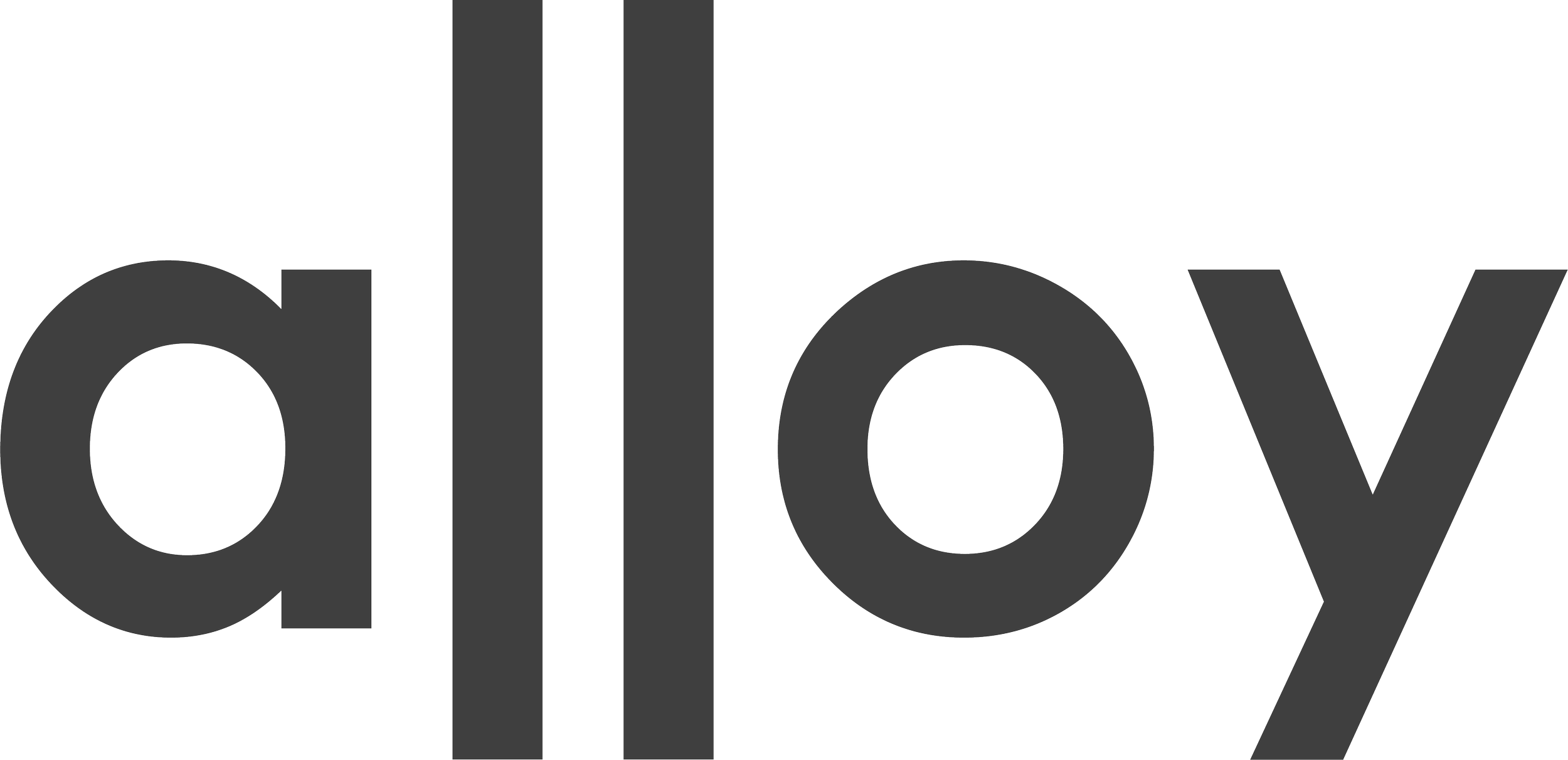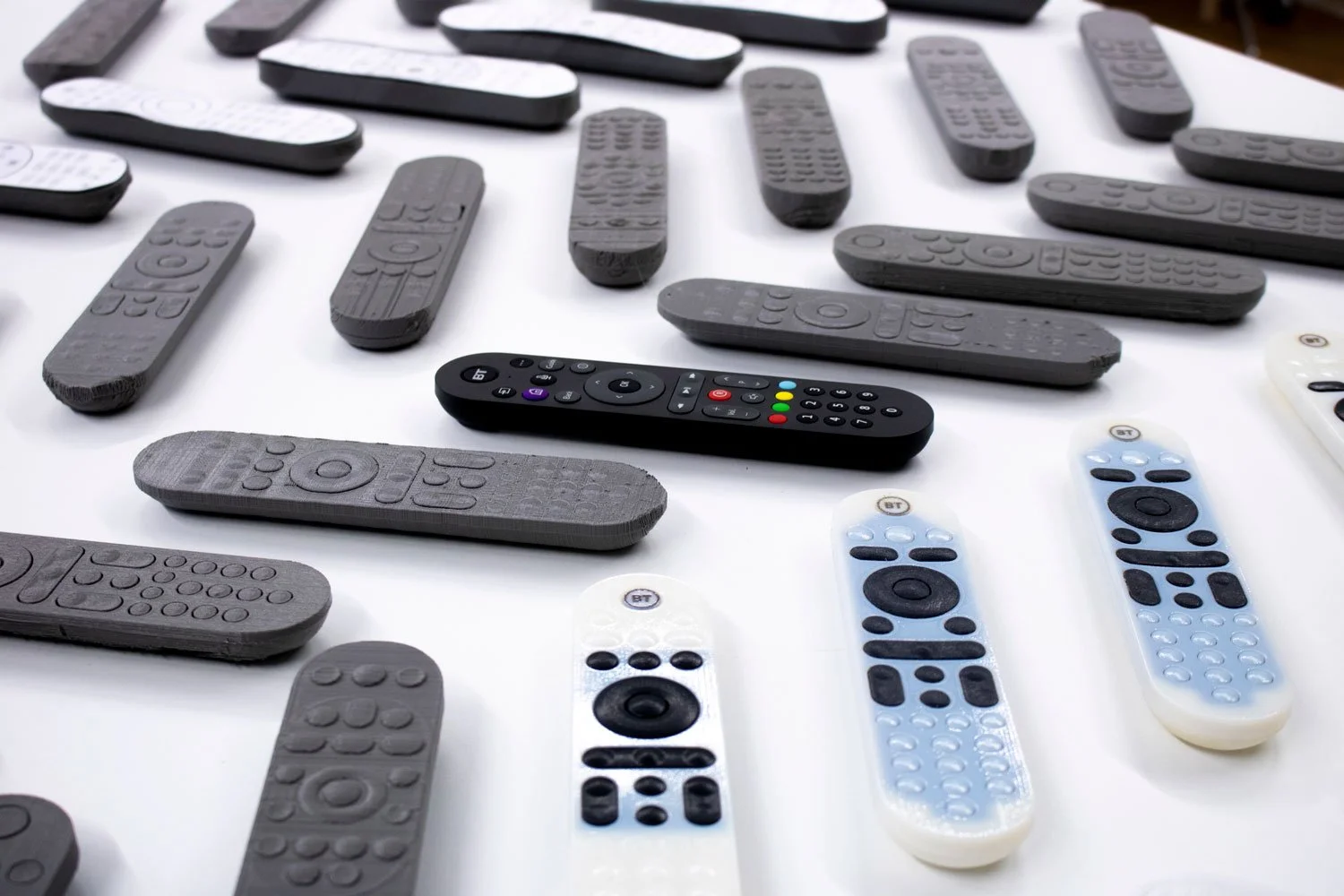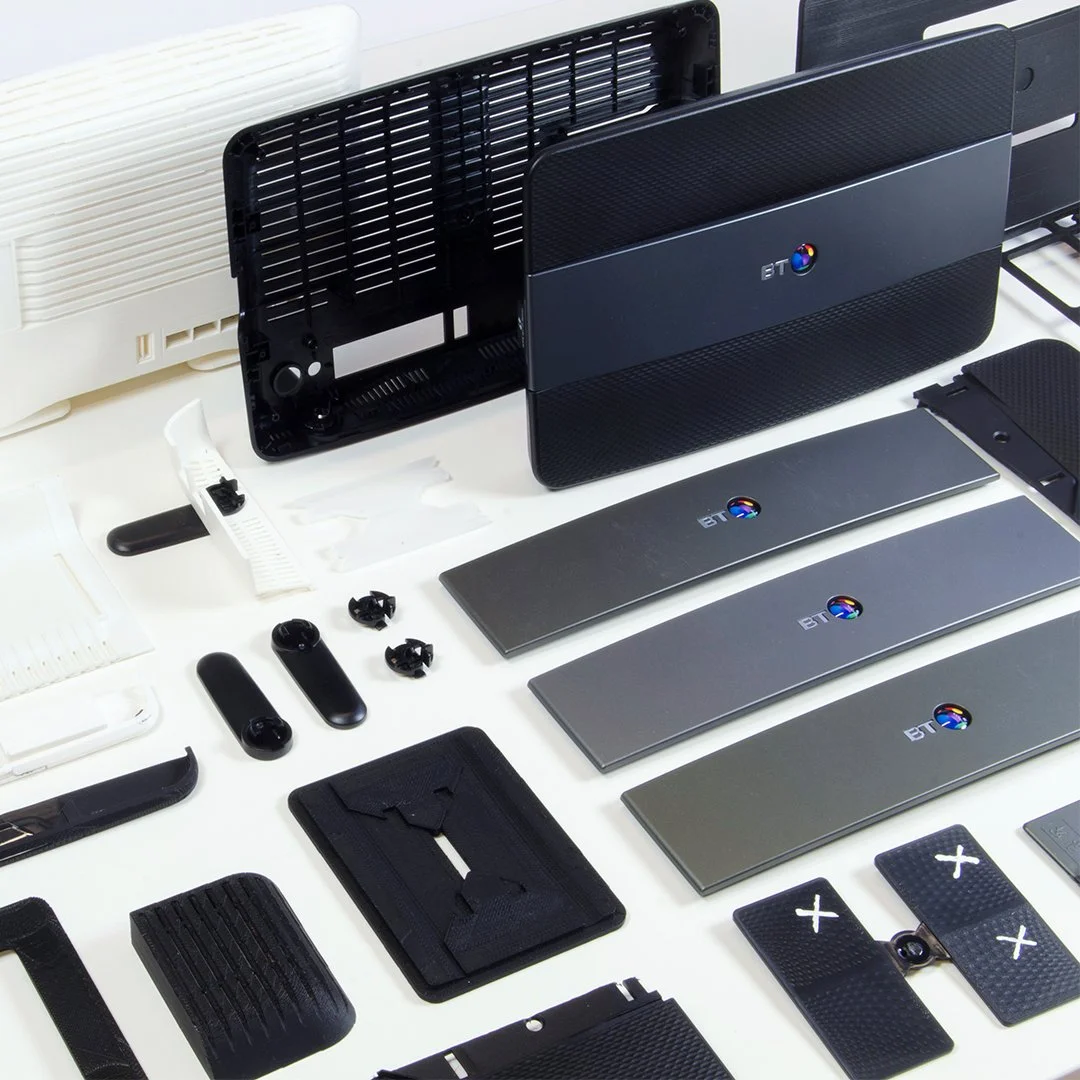How Much Does It Cost to Create a Product Prototype?
How Much Does It Cost to Create a Product Prototype?
Prototyping is an exciting stage in product development—it’s where ideas start to take physical shape. But the cost of creating a prototype can vary widely depending on the complexity of the product, the materials you use, the level of detail required, and the prototyping method. Whether you’re looking to create a rough sketch model or a functional prototype, understanding the options can help you choose the most cost-effective path to achieving a testable product.
Here, I’ll break down some of the most popular prototyping methods—3D printing, CNC machining, rapid prototyping, injection molding, and more—so you can gauge which one best fits your project and budget.
1. 3D Printing
3D printing has revolutionized prototyping, allowing for relatively quick, inexpensive models. It’s ideal for smaller parts with complex geometries or products that require multiple iterations. You can use materials like PLA, ABS, nylon, or even metal (for high-end prototypes), and the method is suitable for both aesthetic and functional prototypes.
Cost Range: £50 to £5,000 per prototype.
Materials: PLA, ABS, resin, and occasionally metals like aluminum.
Size Impact: Larger parts will consume more material and take longer to print, which can double or triple the cost. A small object, like a handheld gadget, might cost around £50 to £150, while a larger, complex item might reach £1,000 or more.
Detail Level: High-detail 3D printing is available, but finer resolution and more durable materials can push costs higher.
Example:
For a small ergonomic tool handle, a 3D-printed prototype in PLA could cost £50 to £100. However, if you needed a more detailed version using metal for durability testing, the cost could be closer to £1,000.
2. CNC Machining
CNC (Computer Numerical Control) machining is ideal for prototypes that require high precision and durability. This process is especially common for parts made from metals, plastics, or wood and is often used in the final stages of prototyping when you need a close replica of the final product.
Cost Range: £100 to £10,000 per prototype.
Materials: Metals (aluminum, steel), plastics (acrylic, POM), wood.
Size Impact: CNC machining costs rise significantly with size and complexity. A small metal component could cost £200 to £500, while a larger or more intricate item, like an engine component, could be £5,000 to £10,000.
Detail Level: CNC machining provides high-detail, functional prototypes that can handle stress testing and real-world use.
Example:
A metal casing for a smartwatch could cost £500 to £2,000 for a CNC-machined prototype, while a larger part, such as a drone frame, could cost £3,000 to £7,000.
3. Injection Molding (Prototype Molding)
Injection molding is usually for mass production, but it’s also used in prototyping when you need a high-fidelity version identical to the final product. It involves creating a mold and injecting the chosen material (typically thermoplastics), making it ideal for final-stage prototypes that need durability and a polished appearance.
Cost Range: £3,000 to £50,000+ for mold creation, with additional costs per part.
Materials: ABS, polycarbonate, rubber.
Size Impact: The larger and more complex the product, the higher the cost. A small plastic case might cost £5,000 for a mold, while a larger component like an appliance housing could cost £20,000 to £50,000.
Detail Level: Injection molding provides high-detail, durable prototypes that are indistinguishable from production units.
Example:
A fitness tracker case using injection molding for prototyping could require £10,000 for the mold and £5 to £10 per unit.
4. Laser Cutting and Engraving
Laser cutting is a versatile option for creating prototypes with 2D parts or low-relief designs. It’s widely used for parts like panel displays, component enclosures, or decorative elements and can cut through a variety of materials.
Cost Range: £20 to £500 per part.
Materials: Wood, acrylic, thin metals, and cardboard.
Size Impact: Laser cutting costs increase with material size and thickness, but the process remains affordable for many flat products.
Detail Level: Laser cutting provides high precision, making it suitable for intricate designs, but it’s limited to 2D parts.
Example:
For a panel insert for an electronics device, laser cutting in metal could cost £50 to £100. A larger item, like a furniture component, might reach £200 to £500.
5. Rapid Prototyping
Rapid prototyping includes a variety of methods (often using SLA or SLS 3D printing) to quickly create a high-quality prototype with detailed features. It’s ideal for iterating on designs quickly, especially in early development stages, and can create both aesthetic and functional prototypes.
Cost Range: £200 to £5,000 per prototype.
Materials: Nylon, resin, and flexible polymers.
Size Impact: Larger models cost more due to material use and printing time, but rapid prototyping still tends to be less expensive than CNC for complex shapes.
Detail Level: Rapid prototyping provides good detail and durability, especially with SLS, which uses a laser to sinter powdered material, creating strong, detailed prototypes.
Example:
For a wearable device with intricate buttons and screen components, a rapid prototype could cost around £500 to £1,500. For a larger prototype, like a desk lamp, expect around £2,000 to £4,000.
6. Digital Prototypes
Digital prototyping is ideal in the initial stages to test product ideas, validate design aesthetics, and refine interfaces for products with software or electronic elements. Digital models, created with software like CAD, are often used in conjunction with physical prototypes.
Cost Range: £0 to £2,000 for design software or outsourced digital modeling.
Materials: None, as the model exists digitally, but it can simulate a variety of physical materials.
Size Impact: Digital models are cost-effective for products of any size, as software handles all dimensions without material costs.
Detail Level: High-detail digital models can simulate intricate features, realistic materials, and even interaction in the case of UX/UI prototypes.
Example:
A smart thermostat could be digitally prototyped with interactive software for around £500 to £2,000, allowing users to test functions like temperature control and display features before physical production.
7. Foam Models
Foam models are a quick, affordable way to create physical mockups. Though they lack the strength for functional testing, they’re useful for visualizing scale, ergonomics, and initial shapes early in the design process.
Cost Range: £10 to £200.
Materials: Foam board, Styrofoam.
Size Impact: Larger models will increase material costs, but foam remains inexpensive overall. A handheld item might cost £10 to £20, while a larger, simple model could cost £100 to £200.
Detail Level: Low, generally used to assess size and shape rather than function.
Example:
For a new kitchen appliance, a foam model can help visualize size and placement, costing around £50 to £100.
Factors That Affect Prototyping Costs
1. Product Size
Larger prototypes use more material, increasing both time and cost. An electronics case, for example, will cost much less to prototype than a full-sized chair.
2. Material Choice
Different materials impact cost significantly. Metals or durable thermoplastics are generally more expensive than PLA or cardboard, especially for functional testing.
3. Level of Detail
High-detail prototypes, especially functional ones, require precision and durability, which can increase costs for methods like CNC and rapid prototyping.
4. Functional vs. Aesthetic Prototypes
Functional prototypes that need to perform or fit precisely are more costly. Simple aesthetic prototypes, on the other hand, can use cheaper materials and methods.
Aesthetic Prototypes
Purpose
Aesthetic prototypes are primarily used to showcase the visual appearance, feel, and style of a product. They may be displayed to stakeholders, potential customers, or investors to communicate the design’s aesthetics and market appeal. These prototypes are not meant to be fully operational; instead, they give a realistic preview of what the final product will look like.
Features
Material Selection: Lower-cost materials are often used since durability and functionality aren’t priorities. Common choices include foam, plastic, and resin for 3D printing. Some high-end aesthetic prototypes may use the same materials as the final product if an accurate finish is important.
Detail Level: These prototypes often require high visual detail, with finishing touches like painting, texturing, or logo placement to closely mimic the final product’s look.
Interactivity: Limited or no interactivity. However, some aesthetic prototypes might include basic features like buttons or screens without functional internals.
Costs
3D Printing or Foam Mockups: Depending on size, expect £50 to £500 for simpler products.
High-Fidelity Finishing: Adding a professional finish, such as automotive paint or metal-like coating, can add £100 to £1,000.
Example
For a smart speaker, an aesthetic prototype may look identical to the finished product, with buttons, lights, and perhaps a screen, but without working internals. This could cost £500 to £2,000 for high detail and finishing.
Functional Prototypes
Functional prototypes, on the other hand, are created to test usability, durability, and performance. They often closely resemble the finished product in both appearance and functionality. For tech products, this can mean integrating electronics, sensors, and even software applications that simulate or fully replicate the intended user experience.
Features
Material Selection: Functional prototypes typically use durable materials that allow for real-world testing. For example, if the final product will be made of metal or high-impact plastic, the prototype will need the same or similar materials.
Detail Level: High precision and durability are essential. Functional prototypes may require CNC machining, advanced 3D printing, or injection molding to meet these standards.
Interactivity and Working Parts: Functional prototypes often include working electronics, sensors, and app integration. This can be crucial for products like smart home devices, where functionality needs to be evaluated with real user interactions.
Costs
Electronics Prototyping: Adding custom electronics can range from £500 to £10,000, depending on the complexity of circuits, sensors, and custom chips.
App Prototyping: Developing a basic, functional app for testing (e.g., a companion app for a smart home product) can cost between £1,000 and £5,000. More advanced apps can cost even more, especially if they require sophisticated user interfaces or connectivity features.
High-Fidelity Functional Prototypes: A fully functional prototype with durable materials and electronics may cost £2,000 to £20,000 or more, depending on complexity.
Example
For a smart home security system, a functional prototype would include working cameras, motion sensors, and connectivity to a mobile app. The prototype would need to be rugged enough for installation and testing in a real environment. The cost breakdown might look like this:
Camera and Sensor Integration: £2,000 to £5,000
Mobile App for Control and Alerts: £2,000 to £7,000
CNC Machined Casing: £500 to £2,000
Total cost for this fully functional prototype could range from £4,500 to £14,000.
Other Components in Functional Prototyping
1. Electronics Prototyping
For tech-based products, electronics are often a core component of a functional prototype. This includes custom PCBs (printed circuit boards), sensors, displays, and connectivity modules like Wi-Fi or Bluetooth.
PCB Prototyping: Designing and fabricating a custom PCB for testing can cost £500 to £5,000, with more complex boards (multiple layers, custom configurations) costing closer to the higher end.
Sensor Integration: For products requiring motion, temperature, or proximity sensors, each sensor could add £50 to £200 depending on type and complexity.
2. App Prototyping
Many modern devices connect to mobile apps, allowing users to control and customize their experience. Creating an app for prototyping might include basic features for early testing, while later iterations may include more advanced functionality.
Simple User Interface: A basic interface with core functions can cost £1,000 to £3,000.
Complex Features: Adding real-time monitoring, control panels, or extensive data analytics can raise the app development cost significantly, reaching £5,000 or more.
3. Functional Finishing Touches
Functional prototypes often require realistic finishing touches, such as sealing, waterproofing, or UV coating, to test the product’s durability in real-world conditions. This can add £200 to £1,000.
Deciding Between Aesthetic and Functional Prototypes
When to Choose an Aesthetic Prototype
Early Concept Testing: Aesthetic prototypes are perfect for showing off your design to investors or getting early feedback on the look and feel.
Cost Savings: They’re more budget-friendly than functional prototypes, especially when intricate working parts or electronics aren’t needed.
Simple Visuals: If the primary goal is to establish the product’s aesthetic appeal, this is the way to go.
When to Choose a Functional Prototype
User Testing: Functional prototypes are essential when testing usability, durability, or specific features in real-world conditions.
Integration Needs: For tech-based products, integrating electronics, sensors, or software functionality is crucial to ensure the final product meets user expectations.
Complex Products: If the product involves complex mechanisms or electronic components, a functional prototype allows for performance testing.
Prototyping costs can range from £10 for a cardboard model to tens of thousands for high-fidelity, functional units using CNC machining or injection molding. The method you choose will depend on the development stage, purpose of the prototype, and your budget. Understanding these options helps you make informed choices, ensuring that each prototype you create brings you closer to a successful, market-ready product.
With the right plan—and the right team behind you—you can bring your vision to life. If you’re ready to take the next step, we’d love to help. Get in touch with us at Alloy, and let’s make your product a reality!









